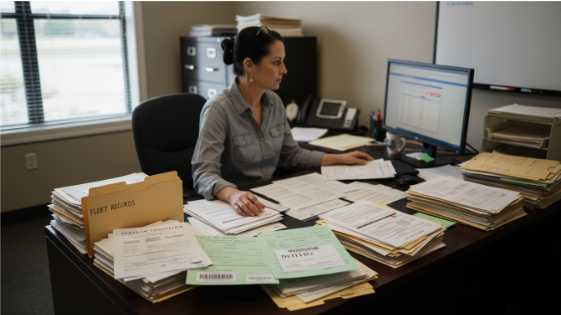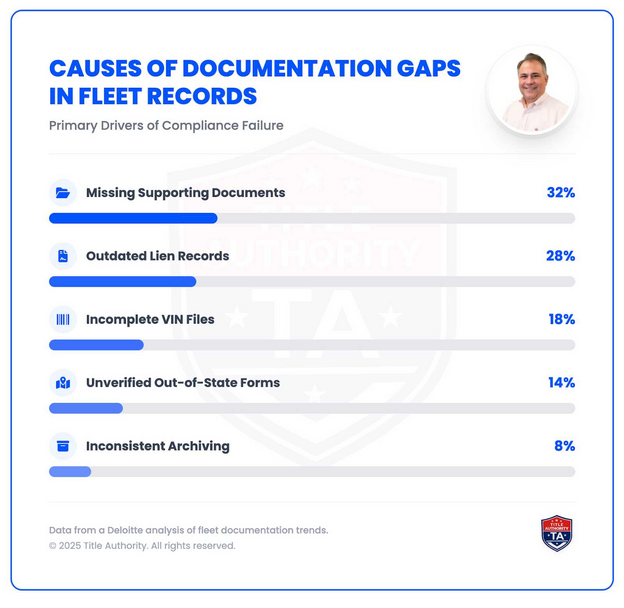A wedding day is a kaleidoscope of emotions, a sequence of moments that seem to both race by and stretch out infinitely. In the whirlwind of celebration, many details can blur together, making it essential to capture every smile, tear, and toast. This is where the magic of custom wedding albums comes into play. More than just a collection of photos, a custom wedding album is a curated archive of love and memories, crafted to tell the unique story of a couple's journey. This article delves into the significance of these personalized treasures and why they remain a cherished keepsake for couples.
The Role of Custom Wedding Albums in Modern Marriages
In an era where digital media predominates and countless photos are stored as mere data, the tangible nature of a custom wedding album stands out. It acts as a physical repository of memories, a way to connect with a cherished day in a manner that scrolling through a digital gallery cannot match.
A Personalized Narrative
Each custom wedding album is as unique as the wedding it commemorates. Unlike generic photo books or online slideshows, these albums are meticulously designed to reflect the personality and style of the couple. They tell a story — from the nervous excitement of getting ready to the joyous celebrations of the reception.
Emotional Connection
Holding a wedding album and flipping through its pages allows individuals to relive their special day in a visceral way. This physical interaction evokes memories and emotions, making each viewing experience personal and intimate.
Crafting Your Custom Wedding Album
Creating a custom wedding album involves several considerations to ensure it truly captures the essence of your special day. Here’s how to make your wedding album as memorable as the ceremony itself.
Selecting the Right Photos
The selection process is critical in telling your wedding story. It's about more than just choosing the best-looking photos; it involves:
Key Moments: Include shots of major moments like the exchange of vows, the first kiss, the first dance, and the cake cutting.
Candid Shots: Candid photos often capture the most genuine emotions of the day — laughter, tears, and surprise.
Details: Don’t forget the small details that took months of planning, such as rings, decorations, and the wedding attire.
Choosing the Album Style
The style of the album should reflect the tone and theme of your wedding. Options vary widely:
Traditional Leather-bound: Classic and elegant, these albums are durable and timeless.
Modern Flush Mount: With thick, lay-flat pages, these albums can accommodate panoramic spreads and vibrant prints.
Eco-friendly Options: For environmentally conscious couples, albums made from sustainable materials are available.
Layout and Design
The layout of the album should enhance the storytelling. Professional designers can help arrange photos in a way that feels dynamic and coherent. Using thematic elements from the wedding, such as colors and fonts, can tie the visual components of your wedding day together in the album.
The Benefits of Investing in a Custom Wedding Album
Despite the upfront cost, investing in a custom wedding album offers enduring value that many couples appreciate long after the wedding day.
Preservation of Memories
A well-made wedding album will protect your photos from environmental factors like light and moisture that can cause fading or damage over time. High-quality printing and acid-free materials ensure that your memories are preserved for future generations.
Heirloom Quality
Custom wedding albums are often passed down through families. They become more than just a photo album; they are a piece of family history, a connection to the past and a treasure for the future.
Accessible Reminiscence
Unlike digital files that might become corrupted or formats that may become obsolete, a wedding album is always accessible. There’s no need for electricity or technology — just the touch of a hand to open a page and reminisce.
Conclusion
Custom wedding albums offer a timeless way to preserve and celebrate the memories of one of life’s most significant moments. They provide not just a record of the day, but a crafted narrative that portrays the emotions and stories behind the smiles and scenes captured on camera. In a world where so much is fleeting, these albums offer a tangible connection to a milestone event, ensuring that the joy and love of your special day can be revisited and relived for years to come. As such, a custom wedding album isn’t just a purchase; it’s an investment in memory, legacy, and love.





















